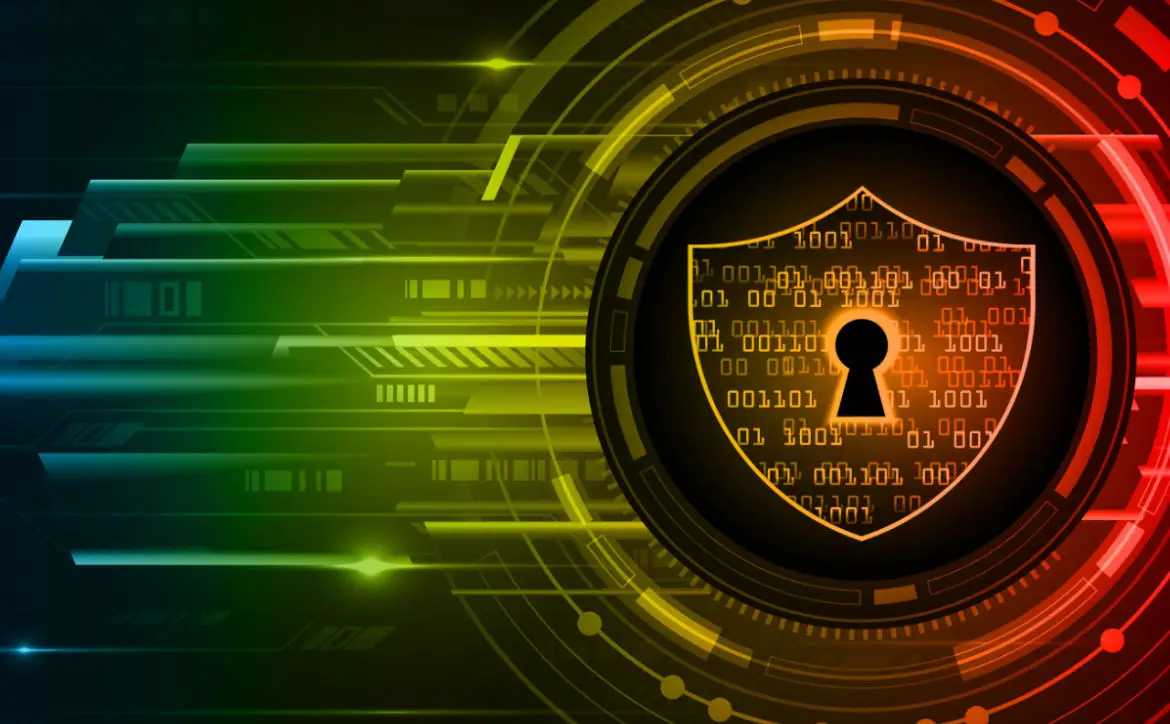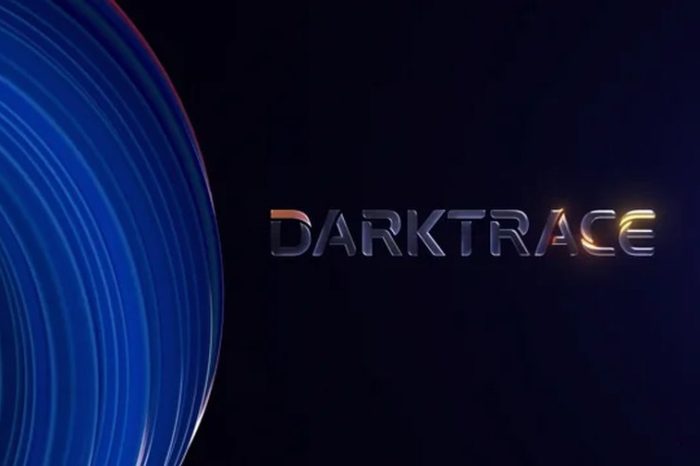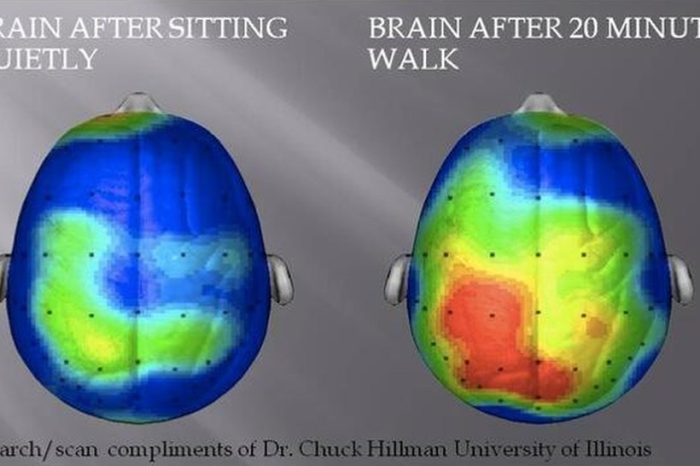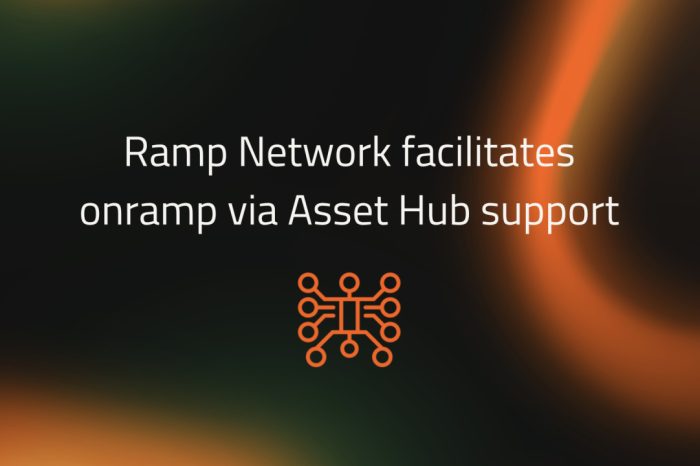From the time we could comprehend basic sentences, we are taught how to be safe and see potential threats. Identifying threats might entail telling us right from wrong, stranger danger, or the proper way to cross the street. Safety and security seem to be an engrained social responsibility of our human race. If this is the case, then why do these same principles not apply to our online personas?

Recently, we have been careless or lax in the way we view our online data, from newsworthy hacking attempts on large organizations such as the Colonial Pipeline to individual identity theft. The line between secure and unsecured has gone well beyond blurred. It is not necessarily our fault; hackers have become slicker and slicker with their attempts.
However, that is no excuse. We must continue to persevere in our attempts to find the origins of these attacks. This can be increasingly frustrating to pursue when it seems like the odds are stacked against you, but it is crucial to the next phase of our digital world.
Being able to identify a hidden threat is the only way to prepare for an attack truly. Once we know what we are fighting against, we can make a detailed and extensive plan of action that will help protect us against potential data breaches. It is also imperative to understand your weaknesses. This means understanding what data you have put there and what it could say about you in the digital war.
The coming years will tell whether or not we have begun to follow through on a digital battle plan. Until then, you must be cognizant of where you share on the internet. Managing your digital profile is the best way to keep you out of the collateral in the digital world.










